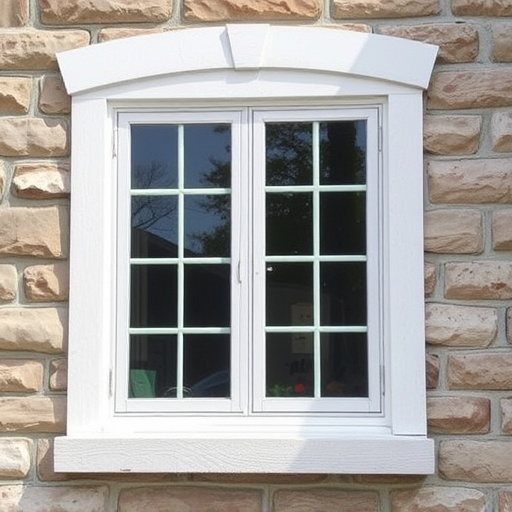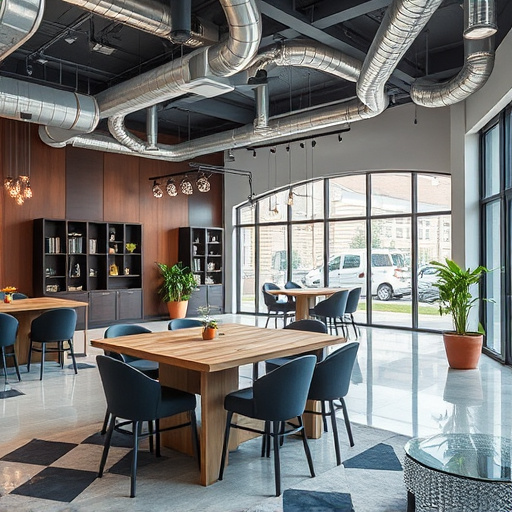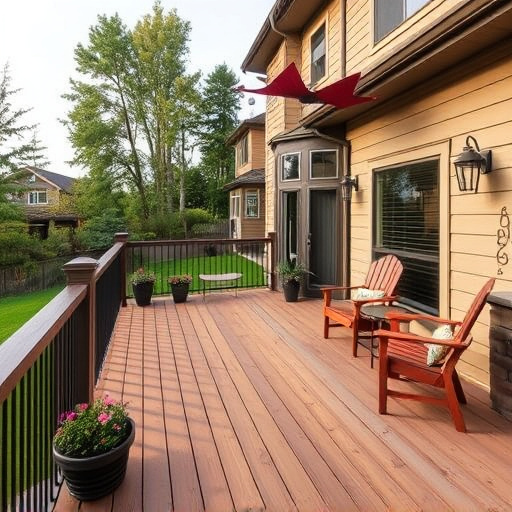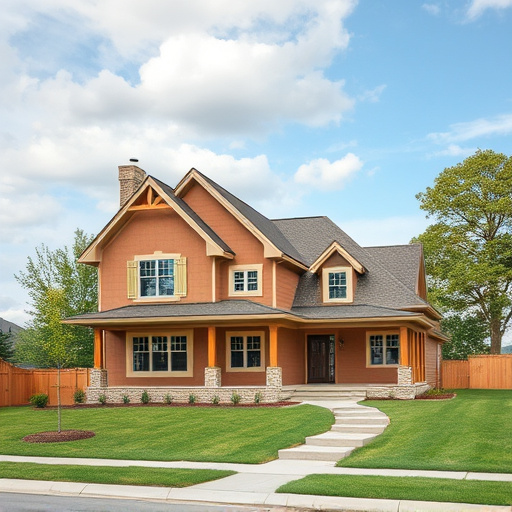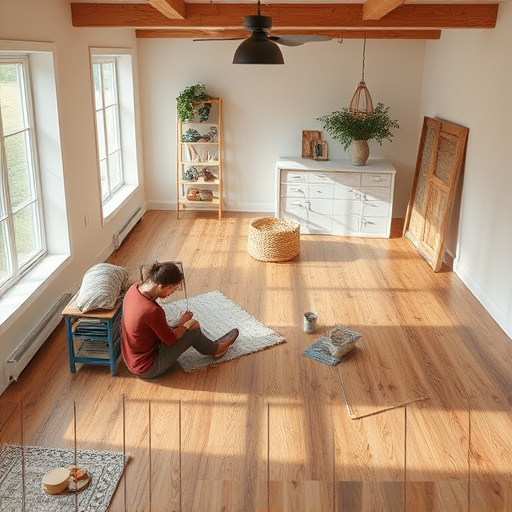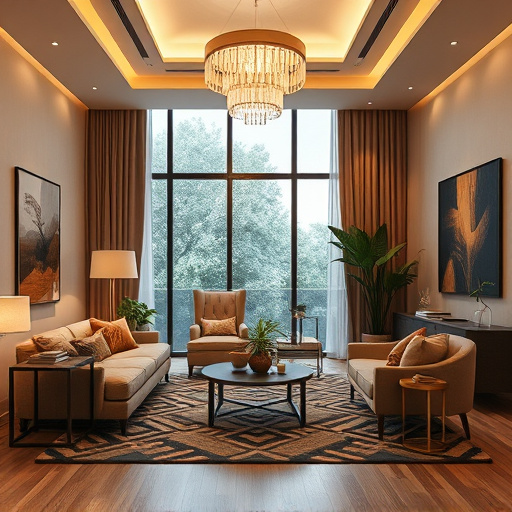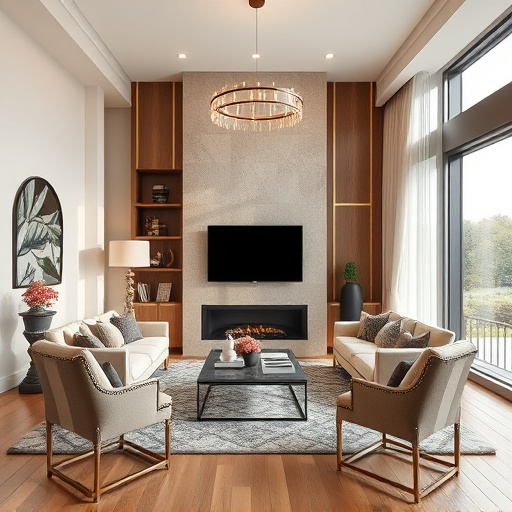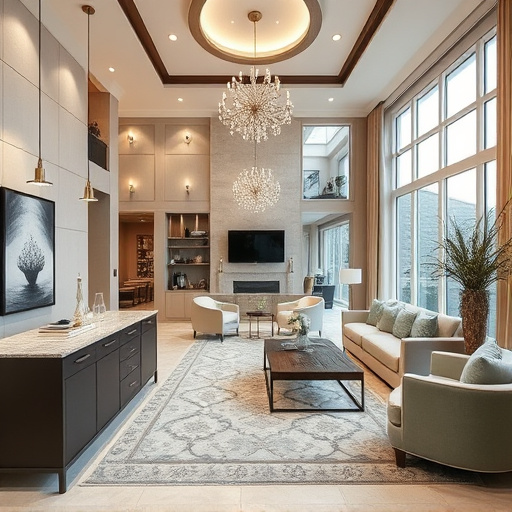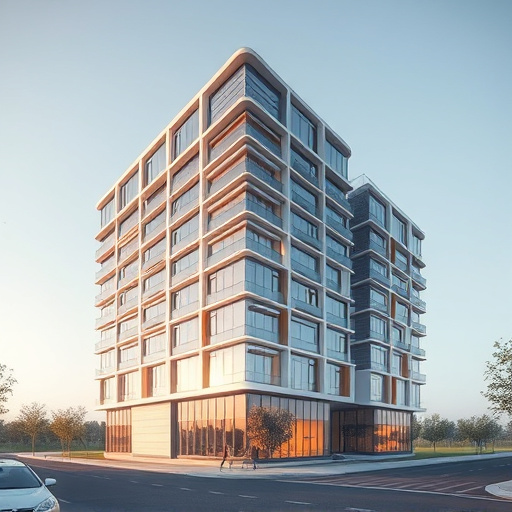Luxury homes are driven by location and desire for both residence and investment, with prime real estate featuring scenic views, amenities access, and exclusive neighborhoods. Market trends include smart home technology, outdoor entertaining, and nearby attractions like golf courses and gourmet restaurants. Demographic shifts towards urbanization and aging populations influence demand, with Millennial preferences for smart homes and empty nesters/retirees focusing on kitchen renovations to customize living spaces.
“Location and lifestyle are the driving forces behind the soaring demand for luxury homes, where every detail matters. In this exploration, we unravel the allure of prestigious addresses and their impact on the high-end real estate market. From exclusive neighborhoods to top-tier amenities, we delve into how these factors create a premium lifestyle. Additionally, we examine demographic trends shaping the luxury market, offering insights into the evolving preferences of affluent buyers.”
- Location: The Key to Luxury Home Desirability
- Lifestyle Amenities: Elevating Living Experiences
- Demographic Shifts: Who Drives Luxury Market Trends?
Location: The Key to Luxury Home Desirability

The desirability of luxury homes is intrinsically linked to their location—a key factor that significantly influences their market value and appeal. Prime real estate, whether nestled along scenic coastlines, perched atop verdant hills, or situated in the heart of a vibrant city center, instantly elevates the allure of any residential property. Prospective buyers of luxury homes are often driven by aspirations for breathtaking views, easy access to high-end amenities, and proximity to exclusive neighborhoods known for their sophisticated lifestyles.
Furthermore, the potential for both short-term and long-term investment growth plays a substantial role in location preference. Areas with thriving economies, robust job markets, and promising development plans attract buyers seeking not just a place to live but also a sound investment opportunity. This demand is fueled by an increasing trend of home renovation and residential renovations, where affluent individuals enhance their luxury abodes to cater to evolving lifestyles and ensure they remain desirable assets in the ever-changing real estate landscape.
Lifestyle Amenities: Elevating Living Experiences
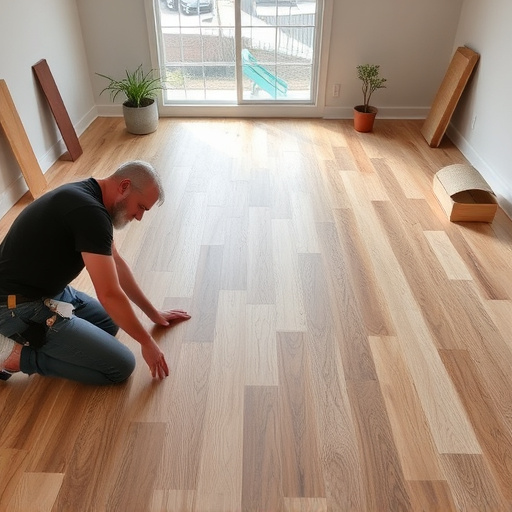
In today’s competitive market, luxury homes aren’t just about square footage; they’re about lifestyle experiences. The most desirable properties offer more than just opulent interiors and breathtaking views—they incorporate a myriad of lifestyle amenities designed to enhance everyday living. Think smart home technology that allows for seamless control over lighting, temperature, and security, or outdoor spaces that blur the lines between interior and exterior, encouraging al fresco entertaining and relaxation.
These amenities extend beyond the confines of the home itself, encompassing nearby attractions and services that cater to residents’ passions and interests. Easy access to top-tier golf courses, exclusive country clubs, gourmet restaurants, and thriving cultural scenes adds immense value to luxury homes. Whether through a luxurious kitchen remodel, spa-inspired bathroom remodel, or multiple room renovations tailored to specific hobbies and needs, these features create a sense of opulence and exclusivity that resonates with affluent buyers seeking not just a house, but a lifestyle.
Demographic Shifts: Who Drives Luxury Market Trends?

Demographic shifts play a significant role in shaping trends within the luxury homes market. Changing population dynamics, such as urbanization and an aging population, are key drivers. As cities grow, more individuals and families seek luxurious abodes that cater to their specific needs and aspirations. Millennials, for instance, often value modern amenities and open-concept designs, influencing the demand for high-end properties with contemporary features and smart home technologies.
Additionally, the desire for luxury living is not limited to traditional buyers; empty nesters and retirees are also in the market for lavish homes that offer comfort and convenience. This demographic shift has led to an increased focus on home transformations, including kitchen renovations and home additions, as individuals seek to customize their spaces to reflect their changing lifestyles and preferences for luxurious living.
In conclusion, the demand for luxury homes is primarily driven by a combination of strategic location, desirable lifestyle amenities, and shifting demographic trends. Understanding these factors is essential for both real estate professionals and investors looking to navigate the lucrative yet competitive luxury housing market. By prioritizing these key elements, they can cater to the evolving needs of affluent buyers seeking not just a home, but an unparalleled lifestyle.
